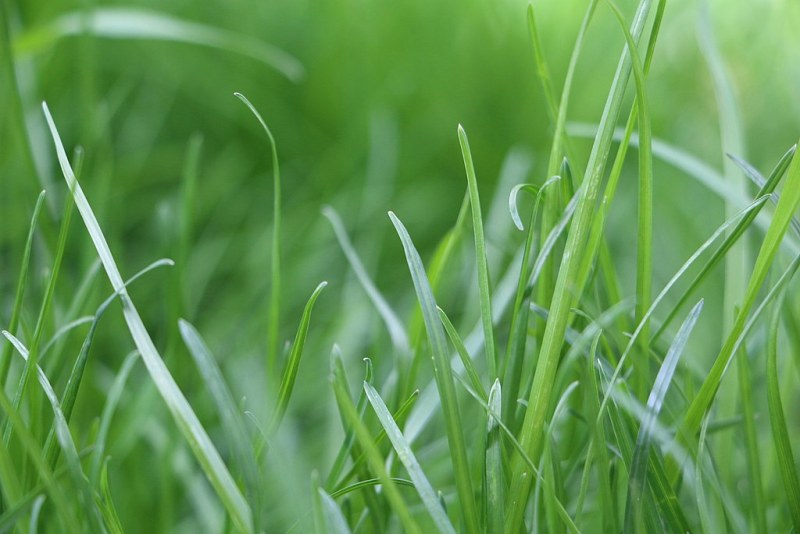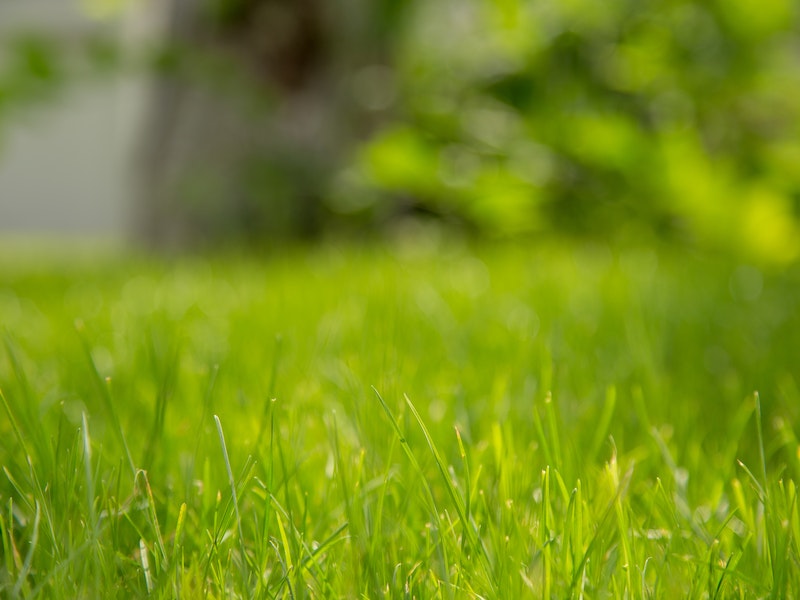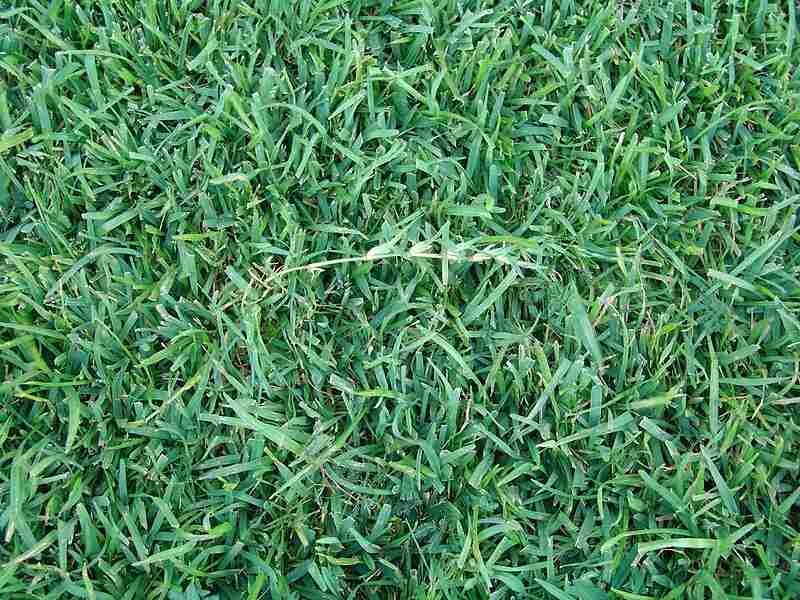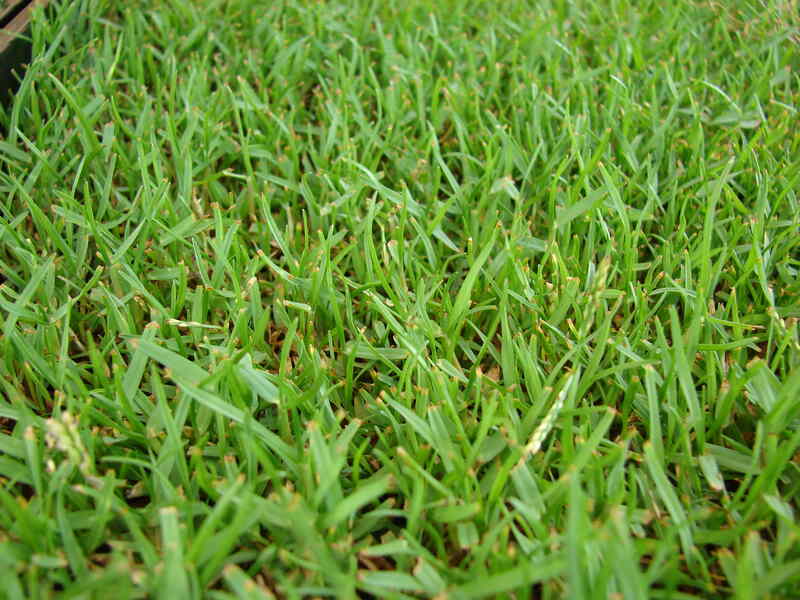6 Best Grass Types for Nashville
BY BECK CARTER | APRIL 11TH, 2023 | LAWN CARE, NASHVILLE, TENNESSEEHome to the Grand Ole Opry, Country Music Hall of Fame, and Nashville Parthenon, there’s plenty to love about the capital city of the Volunteer State. Whether you live here for music, sports, or just the great lifestyle, you’ll want your turf to be as amazing as the rest of the city.
But getting your lawn to hit all the right notes in the Music City starts with choosing a type of grass that harmonizes with the climate and your lifestyle. Below, we break down the six best types of grass for Nashville.
In this article:
There are two general types of grass that work in the temperate Tennessee climate, where summers are hot and winters are chilly.
- Cool-season grasses grow actively in late winter to early spring. These grasses can withstand frosty conditions, low temperatures, and low light. Cool-season grasses go dormant in the summer.
- Warm-season grasses grow actively from late spring through early summer and are well adapted to hot and dry conditions. These grasses are dormant in the winter.
Here is a closer look at each.
Cool-Season Grasses
Tall Fescue
Several fescue species can be found throughout Tennessee. Although tall fescue is originally from Europe it has adapted well to various climates and soil conditions. This makes it well suited for states in the transition zone of the United States such as Tennessee.
Tall fescue is popular with homeowners looking for durable low maintenance grass that helps them conserve water. This rapidly growing grass is great at resisting disease and insects. It possesses strong resistance to disease and insects. While this grass type does not tolerate high altitudes well, it does tolerate drought and foot traffic.
Classification: Cool-season grass
Spreads by: Bunch-type
Drought tolerance: High
Foot traffic tolerance: High
Shade tolerance: Moderate
Maintenance needs: Low
Recommended mowing height: No higher than 3 inches
Fine Fescue
Fine fescue encompasses several types of grass that do exceptionally well in shady locations. These grasses include chewings fescue, hard fescue, and red fescue. Fine fescue resists deer and tolerates foot traffic.
Fine fescue can tolerate a variety of climates. When allowed to grow out, this grass type has a meadow-like appearance. Fine fescue is known to attract pollinators such as butterflies.
Classification: Cool-season grass
Spreads by: Bunch-type, rhizomes (creeping red only)
Drought tolerance: High
Foot traffic tolerance: Low
Shade tolerance: High
Maintenance needs: Low
Recommended mowing height: 2 to 3 inches
Kentucky Bluegrass

Photo Credit: Pilot138-17 / Wikimedia Commons / CC BY-SA 4.0
Most types of bluegrass grow in transitional climates making Kentucky bluegrass ideal for the Nashville area. Kentucky bluegrass tends to be much slower to establish than other types of cool-season grasses. However, this grass is widely used due to its ability to recover quickly from stressors.
As one of the most popular turfgrasses, it is well known for its ability to tolerate foot traffic. Kentucky bluegrass is identifiable by its noteworthy boat-shaped leaves, This cool-season grass can be found in pastures across the United States where it withstands continuous grazing.
Classification: Cool-season grass
Spreads by: Rhizomes
Drought tolerance: Low
Foot traffic tolerance: High
Shade tolerance: Moderate
Maintenance needs: Moderate
Recommended mowing height: 2 to 2 ½ inches
Warm-Season Grasses
Bermudagrass

Photo Credit: Pexels
Bermudagrass is a perennial turf grass that tolerates a variety of soil types and grows rapidly. Its fine texture, resistance to foot traffic, and rapid recovery time make it ideal for lawns, parks, athletic fields, and golf courses. While other turfgrasses such as Kentucky bluegrass and tall fescue are more popular in Tennessee, Bermudagrass is still widely used.
Classification: Warm-season grass
Spreads by: Stolons, rhizomes
Drought tolerance: High
Foot traffic tolerance: Low
Shade tolerance: Low
Maintenance needs: Moderate
Recommended mowing height: 1 to 1 ½ inches
Centipedegrass

Photo Credit: James Becwar / Wikimedia Commons / CC0 1.0
Centipedegrass is a coarse apple-green low-maintenance turfgrass. This grass type is slow growing and spreads using centipede-like stolons. While centipedegrass does not handle shade well, it does tolerate drought.
Centipedegrass is prone to thatch buildup. Frequent mowing and fertilization aren’t necessary when it comes to this grass type and may actually increase the risks of thatch buildup or disease. Additionally, centipedegrass is known to be sensitive to commercially available herbicides.
Classification: Warm-season grass
Spreads by: Stolons
Drought tolerance: High
Foot traffic tolerance: Low
Shade tolerance: Low
Maintenance needs: Low
Recommended mowing height: 1 ½ to 2 inches
Zoysiagrass

Photo Credit: Forest and Kim Starr / Flickr / CC BY 2.0
Zoysiagrass is one of the first-ever grasses to be implemented as turf. Introduced to the United States from Asia, this grass type is a slow-growing and very dense grass. It requires less frequent mowing than other warm-season grasses such as Bermudagrass.
Zoysiagrass is difficult to seed and is usually planted using plugs or sod. It is drought-tolerant and resists disease well.
Classification: Warm-season grass
Spreads by: Stolons, rhizomes
Shade tolerance: Moderate to High
Drought tolerance: High
Foot traffic tolerance: High
Maintenance needs: Low
Recommended mowing height: ½ to 1 inch
FAQ
Tall fescue requires the least maintenance and is the most durable cool-season grass on this list. Zoysiagrass is going to be your best bet when it comes to low-maintenance warm-season grasses.
Tall fescue, Kentucky bluegrass, and zoysiagrass all hold up well to frequent foot traffic.
Fine fescue grasses are great at tolerating heavy shade. If you prefer warm-season grass, zoysiagrass also performs well in the shade.
Tall fescue, Kentucky bluegrass, and fine fescues such as creeping red fescue all have high urine tolerance which is ideal for pet owners.
The Final Word
Each of these typical Nashville grasses has features that make it appropriate for specific lawn conditions. Nashville homeowners should choose the grass that best fits their own needs and aesthetic inclinations. Ensure that you are prepared for the level of maintenance your preferred grass requires.
Another way to enhance your Music City lawn is to add native plants to your landscape. Check out our list of native plants to find a variety of options perfect for Tennessee’s transitional climate. For help with lawn maintenance in Nashville, contact your local professional.
Main Image Credit: Stephen Yeargin / Wikimedia Commons / CC BY-SA 2.0